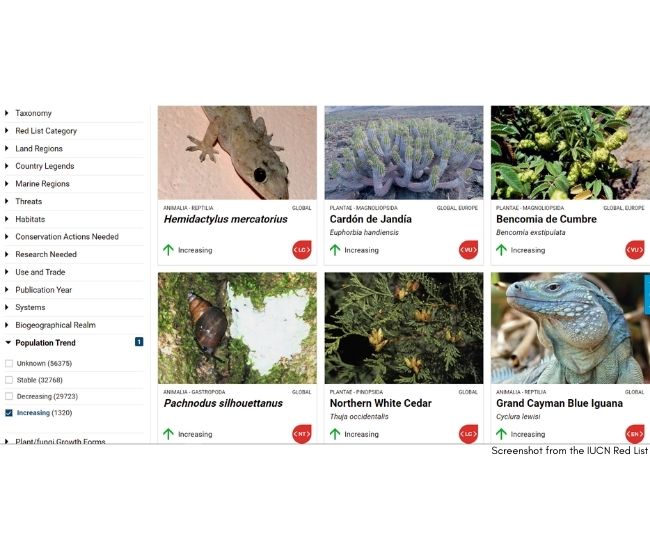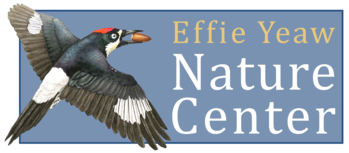Extinction is a somber topic but it’s one we must take seriously in order to preserve the health and well-being of our planet. All species including us inhabiting this planet are interconnected and play an important role in maintaining a thriving ecosystem. It’s imperative to explore these extinctions closely to understand what happened and what can be done to prevent more loss.
Looking at the Extinction List
Since 2020 approximately 939 species – animals and plants – have gone extinct. The IUCN Red List gives detailed reports on every assessed species including information on conservation status known population trends threats they face and conservation actions. Analyzing what phenomena and human activity are threatening extant species – and have caused the demise of extinct ones – allow many conservationists to propose and implement plans aimed at declining populations recover. Databases like the IUCN Red List provide a powerful resource to inform and an influential tool to invoke policy change designed to safeguard our natural environment and resources.[1]

The Recovery List
Not all hope is lost though. Many species that were once on the brink of extinction are slowly recovering. A number of conservation efforts can help restore populations of threatened species. Among these are the “creation of protected areas captive breeding and reintroduction conservation legislation and increased public awareness”.[2] These programs can be very successful as in the case of the California Condor whose population has grown from 23 to over 400.[3]
Captive breeding is one critical tool for restoring the populations of endangered species. These programs are important not just for increasing the number of animals but for re-establishing factors such as “healthy age structure resistance to disease consistent reproduction.”[2] The California Condor has benefited tremendously from captive breeding initiative. The condor population grew from 23 in 1982 to 410 in 1992. In 2008 there were more condors flying in the wild than in captivity.[3]

Effie Yeaw Nature Center
Along with captive breeding protected areas and public awareness are useful methods for safeguarding vulnerable populations. The Effie Yeaw Nature Center provides both of these services. Our Nature Study Area is a protected wildlife preserve for species such as the red-tailed hawk. While these hawks are not currently threatened or endangered maintaining natural spaces ensures that they will never fall into those categories. The Nature Center also provides environmental education about other native species such as the western pond turtle which is classified as Vulnerable.
How Can You Help?
– Take a hike! Enjoy what nature has to offer. By walking the trails of your local wildlife preserve or park you are building a positive relationship with the ecosystem around you. It’s also extremely beneficial to your mental emotional and physical health!
– Give them space! When you come across any wild animal stop and watch them from a safe distance. This ensures they do not become habituated to human interaction and remain wild. It keeps the Nature Study Area a wild space for wild animals.
– Follow the guidelines of wildlife preserves and state/national parks! Every place has rules and guidelines to follow to ensure the safety of the habitat. Please adhere to these guidelines to do your part in protecting these important wild spaces.
– Prevent pollution! Pick up your trash and dispose of it properly. When safe pick up trash you find out in nature and dispose of it to help keep habitats healthy and trash-free. Pick up after your pet. Use more environmentally friendly products when able.
– Follow the Three R’s: Reduce Reuse Recycle! Reducing your waste even by just a little has a big positive impact on the environment. And before you recycle a glass bottle or toilet paper roll considers ways you can reuse it – whether it be for storage or a craft!
– Donate to conservation and environmental non-profit organizations! If you’re able donate what you can to non-profits who preserve and safeguard habitats and wildlife like the IUCN local wildlife rehabilitation facilities and us the Effie Yeaw Nature Center. And remember you can donate both financially and by volunteering!
References
[1] "The IUCN Red List of Threatened Species – Background & History." IUCN Red List of Threatened Species. Web. 29 Jan. 2021.
[2] “Saving Endangered Species: A Case Study Using Global Amphibian Declines.” Nature News. Nature Publishing Group. Web. 29 Jan. 2021.
[3] Myatt Jon. "Pacific Southwest Region: California Condor Recovery Program." National USFWS Website. Web. 29 Jan. 2021.
